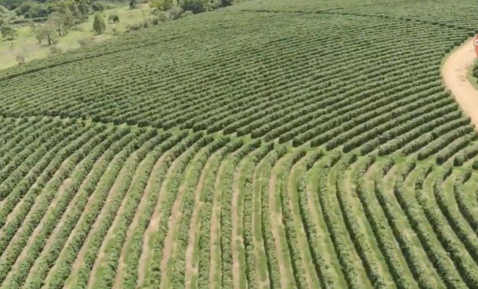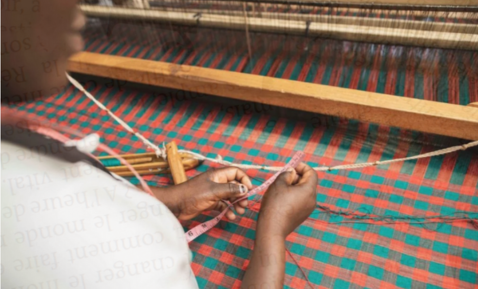MUD HOUSE: AFRICA’S FIRST ECO-FRIENDLY AND SUSTAINABLE BUILDING PRACTICE
Introduction
In the heart of Africa’s diverse landscapes and cultures, a timeless construction method has stood the test of time as a symbol of sustainability and environmental harmony – the mud house. These humble dwellings, crafted from locally sourced materials, have been an integral part of African communities for centuries.
In a world where sustainable living and environmental consciousness are becoming increasingly important, ancient architectural practices are being revisited with a fresh perspective. As we explore innovative ways to build in harmony with nature, the mud house stands out as Africa’s original eco-friendly and sustainable building solution. In this blog, we will delve into the beauty, benefits, and resurgence of the mud house as a symbol of sustainable architecture.
A Time-Honored Tradition
Mud houses, often referred to as adobe, cob, or rammed earth structures, have been part of Africa’s architectural landscape for centuries. They were crafted using locally available materials like mud, clay, sand, and organic fibers. Communities across Africa built these houses to withstand harsh weather conditions, proving their durability and adaptability to various environments.
Eco-Friendly Building Materials
One of the most striking aspects of mud houses is their use of natural and renewable materials. Unlike modern construction, which often relies on resource-intensive materials like concrete and steel, mud houses utilize earth-based materials that require minimal processing. This reduces the carbon footprint associated with construction and minimizes the environmental impact.
Thermal Regulation and Energy Efficiency
Mud houses excel in thermal regulation due to the natural properties of the materials used. The thick mud walls provide excellent insulation, keeping the interior cool in hot climates and warm in colder temperatures. This inherent energy efficiency reduces the need for artificial heating and cooling systems, contributing to energy conservation.
Minimal Carbon Footprint
The construction of mud houses produces minimal carbon emissions compared to conventional building materials like concrete and steel. Mud houses also have a smaller embodied energy, which refers to the total energy consumed throughout a material’s lifecycle. This sustainable approach aligns with modern principles of eco-conscious construction.
Low-Cost Construction
Mud houses are a cost-effective housing solution, especially in regions where resources are scarce. The materials used are locally available and affordable, making them accessible to a wide range of communities. Additionally, the construction techniques are often simple and community-driven, reducing the need for specialized labour and expensive equipment.
Cultural and Aesthetic Value
Beyond their environmental benefits, mud houses hold cultural and aesthetic value. They showcase the artistic talents of local craftsmen who shape the mud into intricate designs and patterns. Mud houses are a testament to the wisdom passed down through generations. It showcase the deep connection between architecture and culture, as they often reflect the traditions and values of the communities that build them. Communities have perfected the art of mud construction, adapting techniques to suit local climates and resources. By preserving and promoting these traditional building methods, we honor cultural heritage and provide a blueprint for sustainable construction that can inspire modern architectural practices.
Modern Revival and Innovation
In recent years, there has been a resurgence of interest in mud houses, driven by a desire for sustainable living and a return to nature. Architects and designers are combining traditional techniques with modern innovations, incorporating solar panels, rainwater harvesting systems, and efficient ventilation to enhance the comfort and functionality of mud houses.
Conclusion
The mud house stands as an exemplar of Africa’s deep-rooted wisdom in living harmoniously with the environment. It’s a reminder that sustainable living isn’t just a modern trend but a timeless practice that aligns with the principles of conservation and respect for the Earth. As we navigate the challenges posed by climate change and urbanization, the mud house offers us a blueprint for building responsibly and creating spaces that nurture both people and the planet.
By embracing the mud house and its principles, we can draw inspiration from Africa’s heritage while integrating sustainable practices into our modern lives. Let us honor the ingenuity of ancient builders and innovators, and consider the lasting impact that adopting eco-friendly building practices can have on our communities and the world at large. The mud house is not just a structure; it’s a sustainable way of life that continues to inspire us toward a more harmonious and resilient future.




